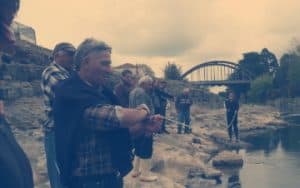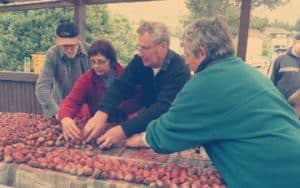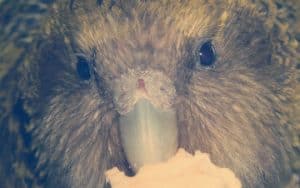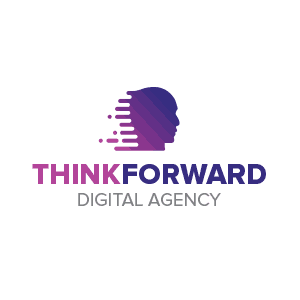About Te Arahanga
Te Arahanga was set up in 2014, as the name implies, to build a path between the aspirations, tīkanga and kawa of whānau, hapū and iwi in the tāiao space and the requirements of both central and local government. The frustration for whānau, hapū and iwi and the clash of world views in managing the tāiao was not consistent with the aspirations and direction of a post treaty settlement environment. Neither was this consistent with intent of the new legislation and environmental national policy statements.
Te Arahanga has four core staff with a combined total of 80 years in cultural tāiao management. Three of our staff were involved either directly or indirectly in the development of Cultural Health Indexing reports and Cultural Impact Reports. These are the key tools for assisting whānau, hapū and Iwi establish cause and effects, from a Te Ao Māori perspective, for any alterations to the natural environment.
Te Arahanga has also been exploring new ways of establishing iwi management plans. Iwi management plans must be considered when any resource consents are being issued. However, they can take two or more years to research and write and be 200 to 400 pages long. Te Arahanga has been exploring the possibility of a GIS, computer-based iwi management plan that is more visible, computer based and easy to navigate.
The Te Arahanga Team
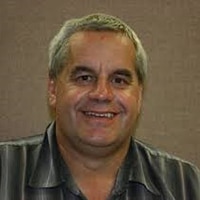
Geoff Mullen
Tena koutou Katoa
Nō Ngāti Toa Rangatira ki Hongoeka, Te Ātiawa (Ngāti Awa rānei) ki Whakarongotai rāua ko Ngāti Mutunga ki Wharekauri. Ko Taranaki te Maunga Teitei, engari whaihoki Kapakāpanui rāua ko Whiteria ōku maunga. Raukawakawa te Moana me Waikanae te awa. Ko Geoff Mullen tōku ingoa
My working career has been quite mixed but for the last 15 years I have been involved in cultural environmental management. I grew up as a fisherman, a hunter and a diver, which grew my awareness of the tāiao. I was fortunate to have some very good tohunga around me that knew the ways of the ngāhere, the awa and the moana.
As my working career progressed, I started noticing the alignment of mātauranga Māori and western science in preserving our tāiao. I, like many of my whānau, also became aware that management of our tāiao was only being done from one perspective and had become very unbalanced. This led to degradation of the tāiao and, in my view, in favor of capital gain.
This bias also led to the marginalization of our tūpuna given obligation of Kātiakitanga, our mātauranga and our ability to look after our tūpuna and tāonga. For many years it seemed like the mauri of our tāiao was being managed in such a way that gave no consideration to our tikanga and kawa.
Fortunately, the awareness of this lack of input has grown and is reflected in legislation and National Policy statements, unfortunately Māori are scrambling to get enough iwi members, with the appropriate knowledge (of Lore and of Law) to take full advantage of the current changes. Te Arahanga goal is to enhance the ability of whānau, hapū and iwi to participate in tāiao management in their rohe.
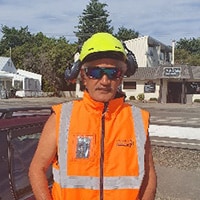
Hori Kahukura
Ko Ngati Kahungunu raua ko Te Ātiawa ōku iwi
Ko Te awa rāua Ko Kahungungu Nga Iwi
Ko Pukeone rāua Ko Orangi Nga Maunga
Ko Motueka Te Awa
Ko Takitimu Te Waka
Ko Te Awhina Te Marae
Ko Hori Kahukura tōku Ingoa
Kia ora koutou Katoa
I have been on the NRAIT (Ngāti Rarua Ātiawa Iwi Trust) board, for the last 15 years I have been a Cultural Monitor working on excavation projects and ensuring our taonga and tūpuna are respected.
I was a DOC worker for Christchurch conservancy for 6 years and my portfolio was endangered plants and species which also involved pest plant eradication. I am a qualified carpenter and a passionate horticulturist specialising in native plants. I have been a farmer for 20 years plus on our family farm. I have also been a crayfish fisherman, as deckhands and then graduating to skipper.
I am very passionate about cultural monitoring and being kaitiaki over our respective iwi lands and looking forward to meeting like – minded people
Kia ora koutou Katoa

Purpose
Kaitiaki
To enhance the kaitiaki skills of iwi and incorporate the new skills available of kaitiakitanga.
Taiao
To ensure the rangatiratanga over the taiao is maintained for now and into the future.
Be part of the future
To walk into the future backwards; learn from mistakes made and remedy them for future.
The Natural World
Our tupuna, in their many forms, are part of the center of our world (Te Ao Maori) and we need to preserve their matauranga.
Whāia te iti kahurangi
Aim high
Tū rangatira
Act with integrity and respect
Whakatinanahia te tika
Deliver what is right
Whakatoitoi i ngā hua auaha
Encourage fresh thinking
Mahi ngātahi
Work together
Kia pūmau ki te haumaru
Aspire to zero harm
Maori Relationships
Te Arahanga role is to provide culturally based factual – information for whānau, hapū and iwi to make informed decisions. Te Arahanga is not a decision maker. We, as a company, might make recommendations or provide summary conclusions based on cultural fact finding and western science.
When writing Cultural Impact assessment Te Arahanga role is to review all the information in any proposal and provide a clear picture of the proposal to whānau, hapū and iwi. The next step in the process is to record the whānau, hapū and iwi views, and provide a summary of those views.
Cultural Impact Reports and the use of other cultural monitoring tools has proved to be a very cost – effective method for iwi; with those who are the applicant for any proposal being the funders of these reports. The integrity of the reporting rest with iwi assessment and Te Arahanga has been fortunate enough to receive positive comments from every iwi it has worked with.
Start looking after the natural environment today
Enhance your modern tāiao management practices
